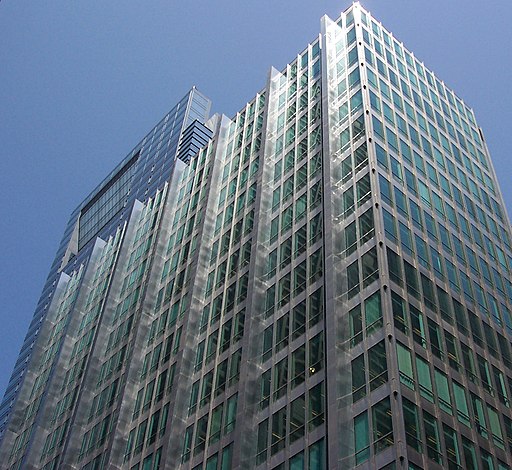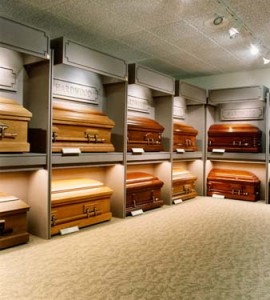Carbon neutrality is a key concept in today's popular commercial trend in "Green" marketing. It is so popular, in fact, that the Federal Trade Commission has issued a recommendation to revise its "green guides" that it gives to marketers to avoid misleading environmental claims. The notion that the carbon emitting practices of the post-industrialized world have outpaced the planet's capability to recycle carbon dioxide has been cause of much international debate, legislative agenda, and a wide variety of information (and misinformation) in the media. Let us set aside politics and consider science for a brief moment. While it is widely accepted in scientific circles that (1) the globe is warming, and (2) that the cause of global warming has to do with the effect of greenhouse gases in the earth's atmosphere, there is significant disagreement about the chain of actions and reactions causing the earth to warm, whether or not mankind (industrialization) is the culprit, and most importantly, if the effects of global warming are reversible.
 |
| Greenhouse gases (GHGs) emitted by humans. |
Let's face it, the world has cancer. My father was diagnosed with prostate cancer seven years ago, and after two years fighting the disease he was given a grim prognosis of one more year. Refusing to give in to the disease, he sought second opinions and took an approach that many cancer victims take--fight the disease on multiple fronts. With a combination of therapies from radiation to herbal tea, he is still with us today and in reasonably good health.
Faced with potentially overwhelming consequences, we must fight the good fight on multiple fronts. In the end, it matters not which method was most correct or which facts or assumptions lead us to change our behavior. My father will never know if it was the dirt-tasting tea or the radiation treatment alone for which he has to thank for living to attend his granddaughter's 7th birthday party on roller skates. Similarly, we must not allow the anticipated or disputable impact of an act of conservation that may reduce global warming be the reason for not taking action.
There is political debate on cap-and-trade legislation to regulate carbon emissions and carbon offsetting activities to reduce the impact of carbon emitting activities elsewhere. For the Northwoods Casket Company neutral is not good enough. We know that not every small, medium, or large company on the planet will take measures to offset their own carbon emitting activities. And we don't need to wait for a legislative mandate to take action. We also recognize that we don't know (and may never know) the quantifiable impact of our actions--but this is not cause for inaction.
 |
| We plant 100 trees for every casket we build. |
If you have considered pre-planning your funeral but have not taken the initiative yet, we encourage you to take the initiative today. Talk to your funeral director and ask about green burial practices and caskets made by the Northwoods Casket Company of Wisconsin. Purchase a green casket from the Northwoods Casket Company, and be proud of the fact that your choice will result in 100 trees planted to help in the global mission toward carbon neutrality.


